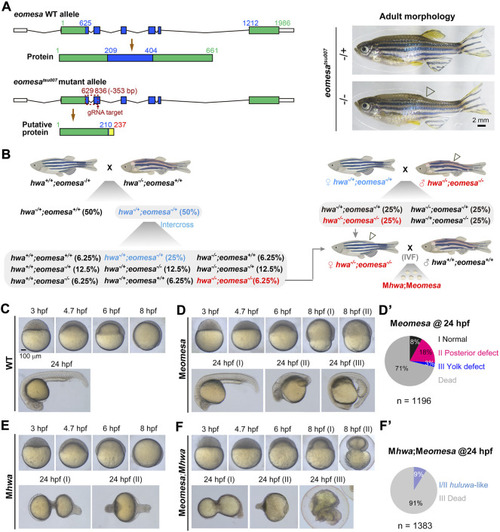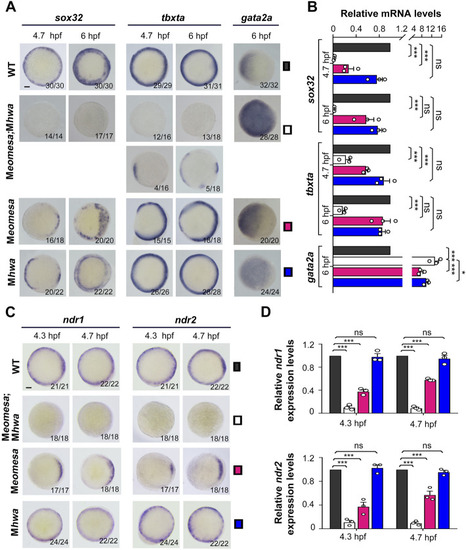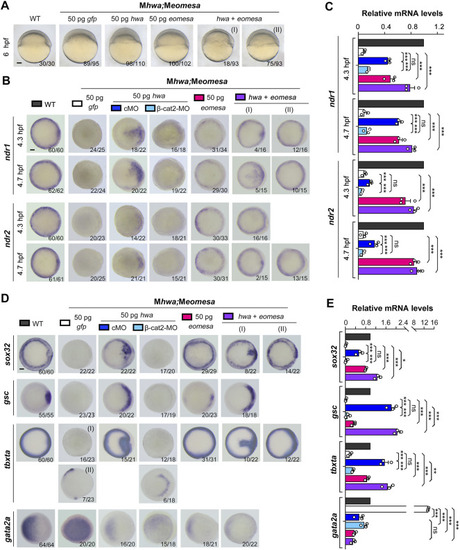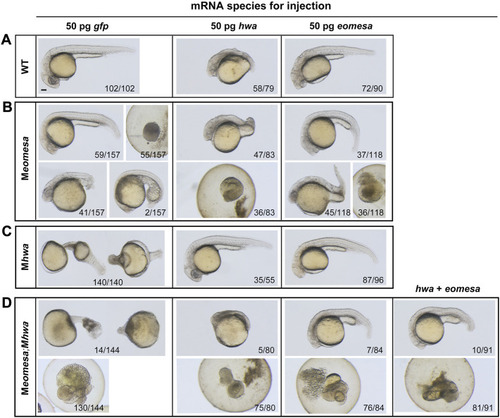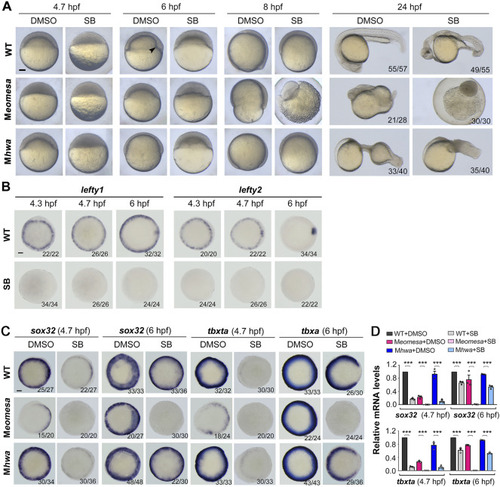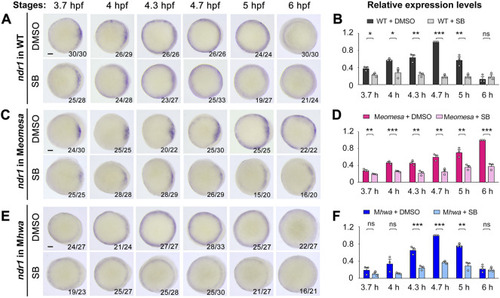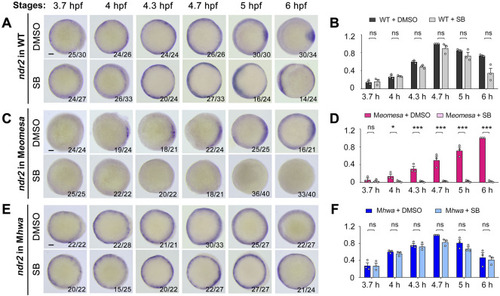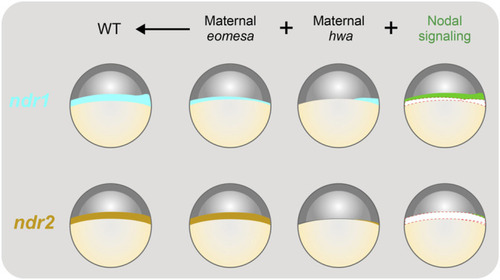- Title
-
Maternal Factors and Nodal Autoregulation Orchestrate Nodal Gene Expression for Embryonic Mesendoderm Induction in the Zebrafish
- Authors
- Xing, C., Shen, W., Gong, B., Li, Y., Yan, L., Meng, A.
- Source
- Full text @ Front Cell Dev Biol
|
Phenotypes of different mutants at various stages. |
|
Expression patterns of mesendodermal markers and |
|
Induction of |
|
Overexpression effect of |
|
Responses of M |
|
Effect of Nodal signaling inhibition on |
|
Effect of Nodal signaling inhibition on |
|
Illustration of contributions of maternal |

